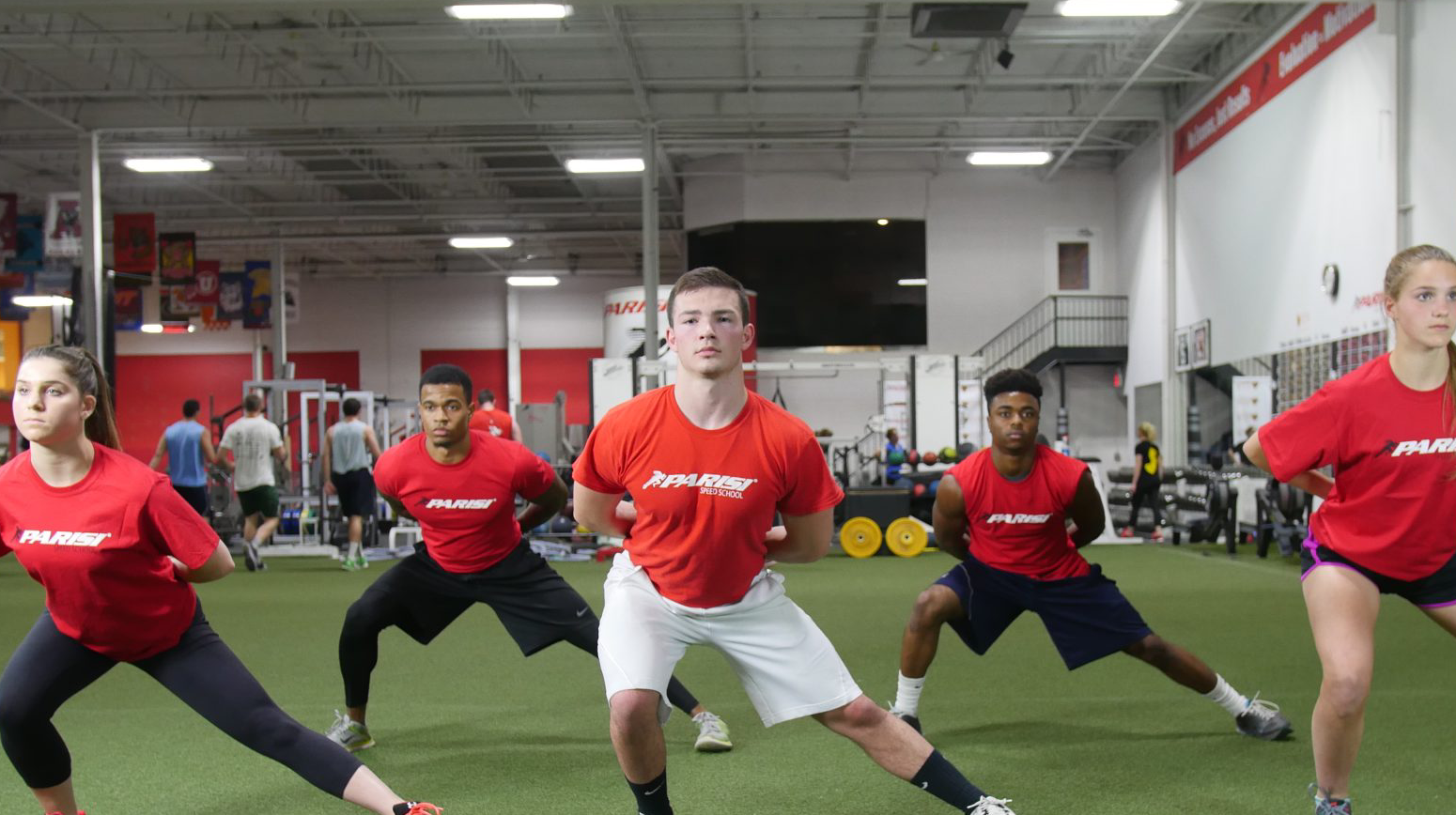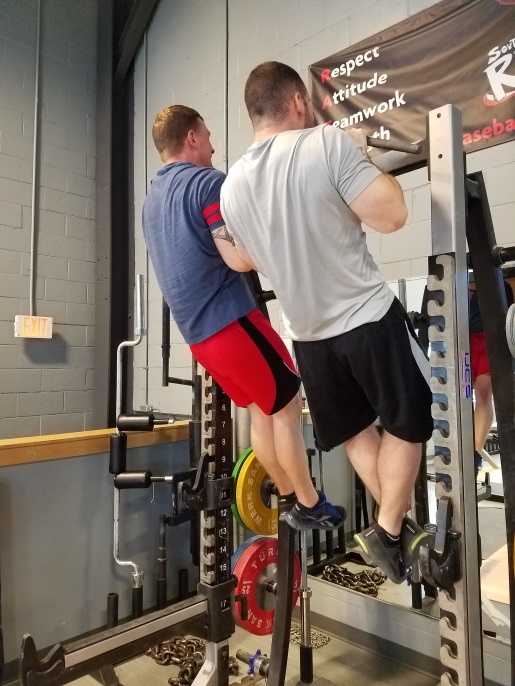There are plenty of exercises that allow an athlete to pull vertically. What are the differences? Is one better than the other? Hopefully I can answer a lot of these questions you may have.
Cable Pull Downs: Cable pull downs are a great exercise due to the fact that you can vary the intensity based on your own capabilities. ½ kneeling and single arm cable pull downs require more core activation to avoid accessory movement. 2-arm cable pull downs allow an athlete to mimic the same movement as a chin up or pull up without the full weight of their body, this allows a more novice athlete to still perform this type of movement for adequate repetitions.
Primary Muscles Utilized: Biceps, Latissimus Dorsi, Rhomboids, Abdominals
Chin Ups: Chin ups (supinated grip) are generally the next step in the progression. For a lot of people chin ups are a big stepping stone, a common goal in an athlete’s development. Chin ups are a great exercise that helps in the development of muscular size and strength. The chin up uses a lot of bicep strength starting out, so if you are having trouble performing these in succession, spend a little time doing bicep curls at the end of a workout.
Primary Muscles Utilized: Biceps, Latissimus Dorsi, Rhomboids
Pull Ups: Pull ups (pronated grip) are the next step in the vertical pull progression. Somewhat harder than a chin up, the pull up requires more back strength to perform than a chin up. The wider hand placement, and pronated grip forces the lats to activate earlier to pull the scapula back and down the rib cage. This leads to a great exercises with more of a focus on strengthening the back musculature.
Primary Muscles Utilized: Latissimus Dorsi, Biceps, Teres Major, Rhomboids
I personally do not feel that any of these exercises are better than the other. There are many variations, progressions, and regressions for each of these exercises. You can always adjust the intensity dependent on your personal goals.

